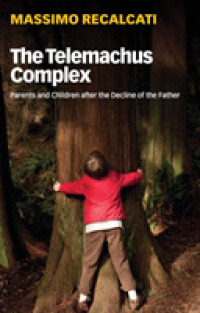Full Description
Performing Stragismo and Counterspectacularisation offers a new theoretical lens on political violence as spectacle, drawing on performance theory to explore how acts of violence—particularly terrorism—are staged, circulated, and remembered. It interrogates the role of spectacularity in shaping public discourse, tracing how power and media mobilise violence into a visual and rhetorical regime that leaves deep imprints on collective memory.
In response, the book proposes counterspectacularisation: a repertoire of critical strategies developed by the public and by performance-makers to resist or reframe the spectacle of terror. Through a mix of theoretical reflection, close analysis of performance case studies, and four original artworks created by the author, the text explores how performance can respond ethically to silences and fractures in memory. It advocates for cross-disciplinary approaches that challenge dominant representations of violence, and that offer alternative frameworks for grappling with trauma, remembrance, and representation in an age of political spectacle.
This will be of particular value to researchers working on the afterlives of terrorism and state violence, especially within memory studies, media studies, and trauma theory. It will also speak to scholars in Italian studies, ethnography, and performance.
Contents
Acknowledgements
Introduction
Part One
Chapter One
Introduction
The spectacular 1970s
The aesthetics of stragisti
The Italicus spectacle
Spectatorship, authorship, and discourse
The Bologna station spectacle
The set and the historical context
The media and authorship
Spectacularised trials
Representation
Conclusion
Chapter Two
Introduction
The influence of Nuovo Teatro
The state funerals and the Resistance narrative
The Italicus commemoration
The Bologna train station commemorative complex
Icons of memory
The audience
Silence
Counterpsectacularisation
Conclusion
Chapter Three
Introduction
"Da ferito a morte"
The two Antigones
Antigone delle Città
Le Antigoni della Terra
The legacy of the Antigones
From Cantiere 2 agosto to Un'altra vita
Cantiere 2 agosto
Sinfonia dei soccorsi
Un'altra vita
The relationship with the authorities
Conclusion
Part Two
Chapter Four
Introduction
Wider context
Methodology
Recruitment
Intersubjectivity and power dynamics
Research design
Findings
Conclusion
Chapter Five
Introduction
The process
Authenticity issue
Ethics and aesthetic of care
Unspoken scenes - representing the unsaid
Memory gaps
Devising counterspectacularisation
Reception
Conclusion
Conclusions
Bibliography








